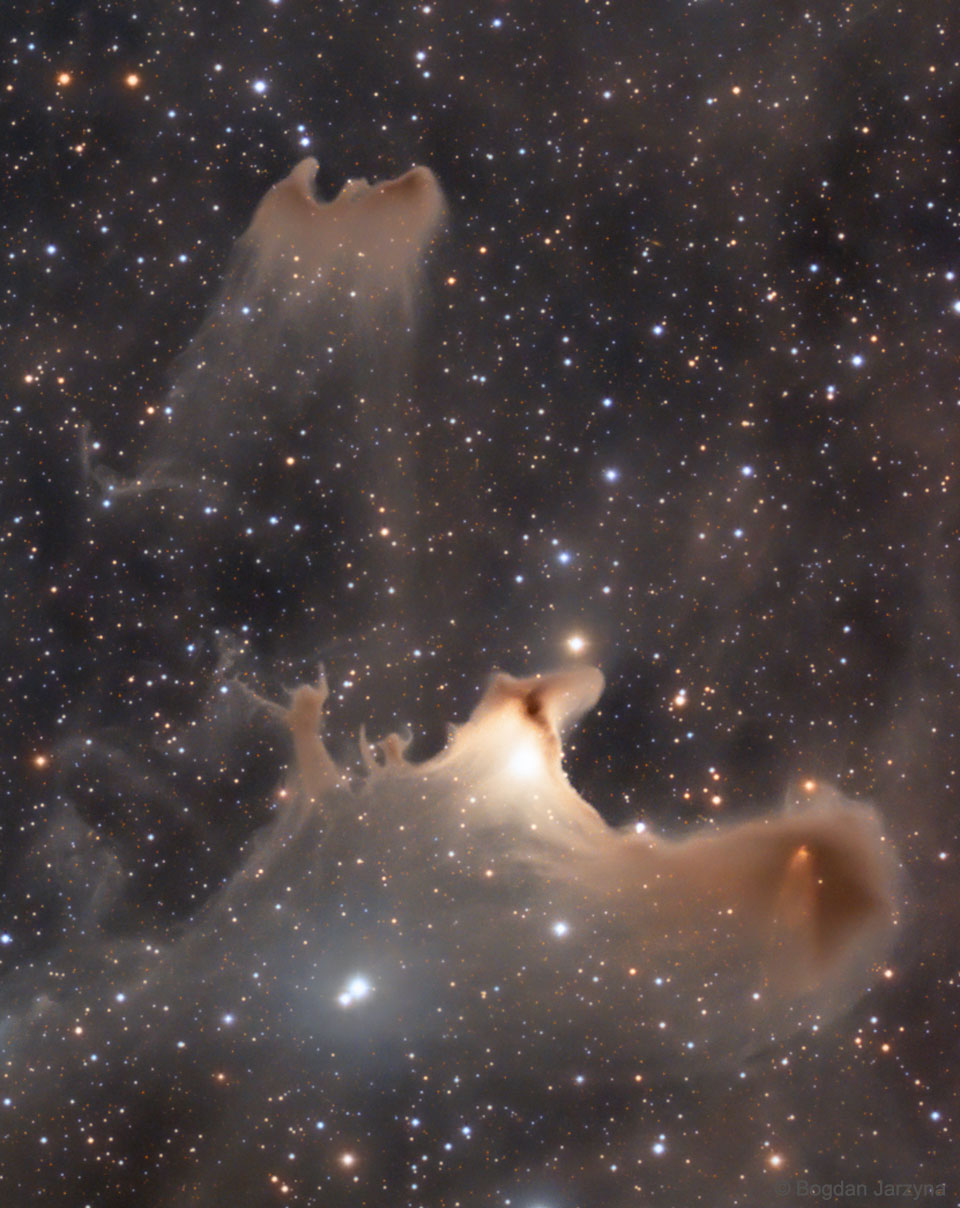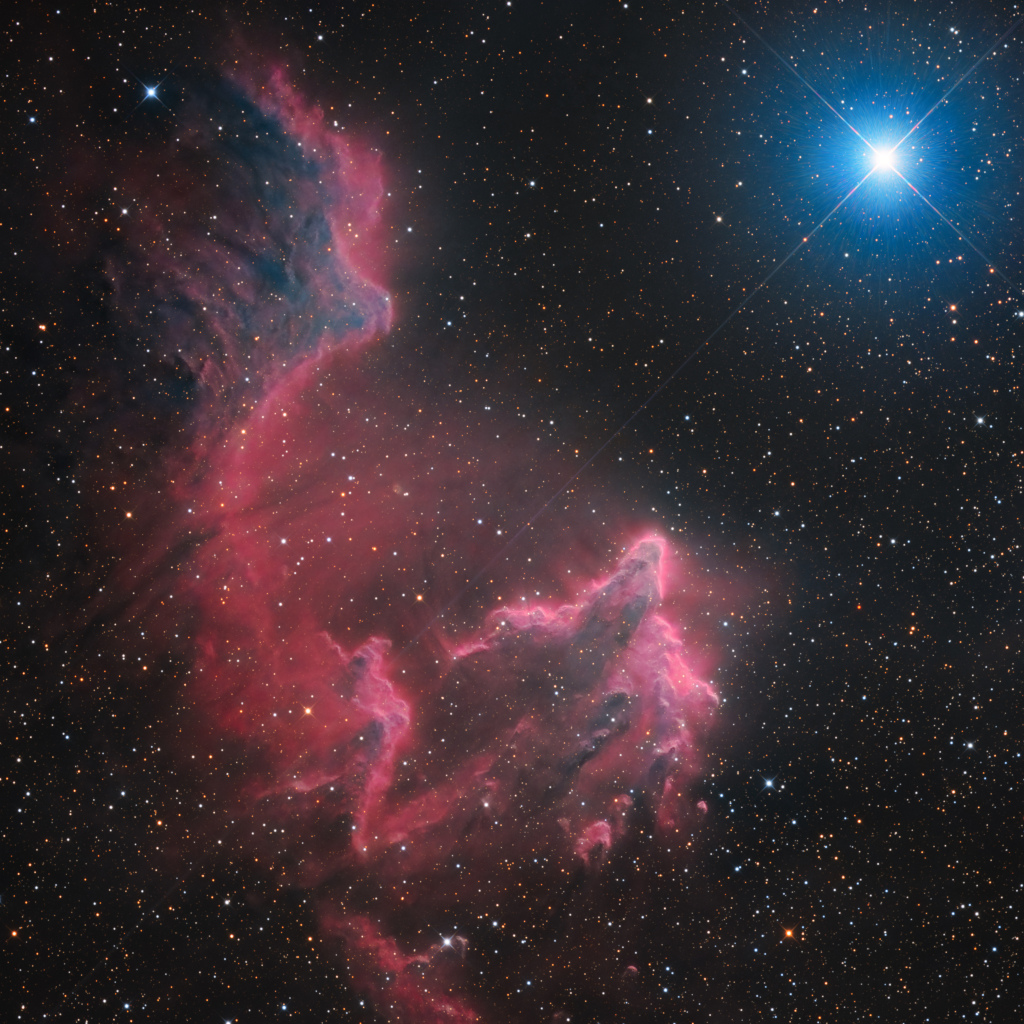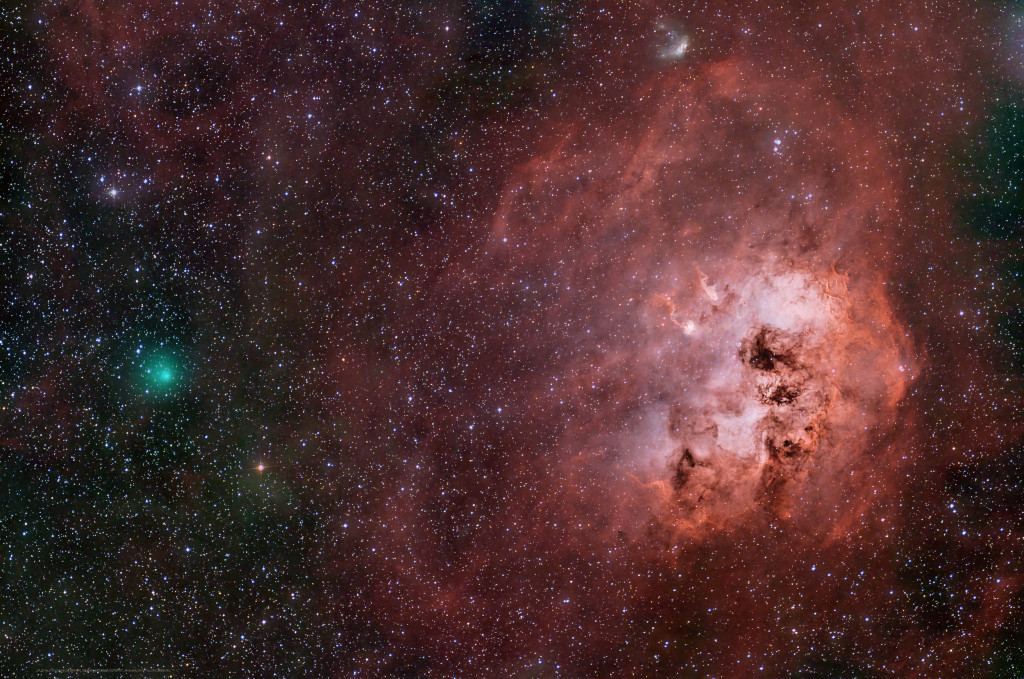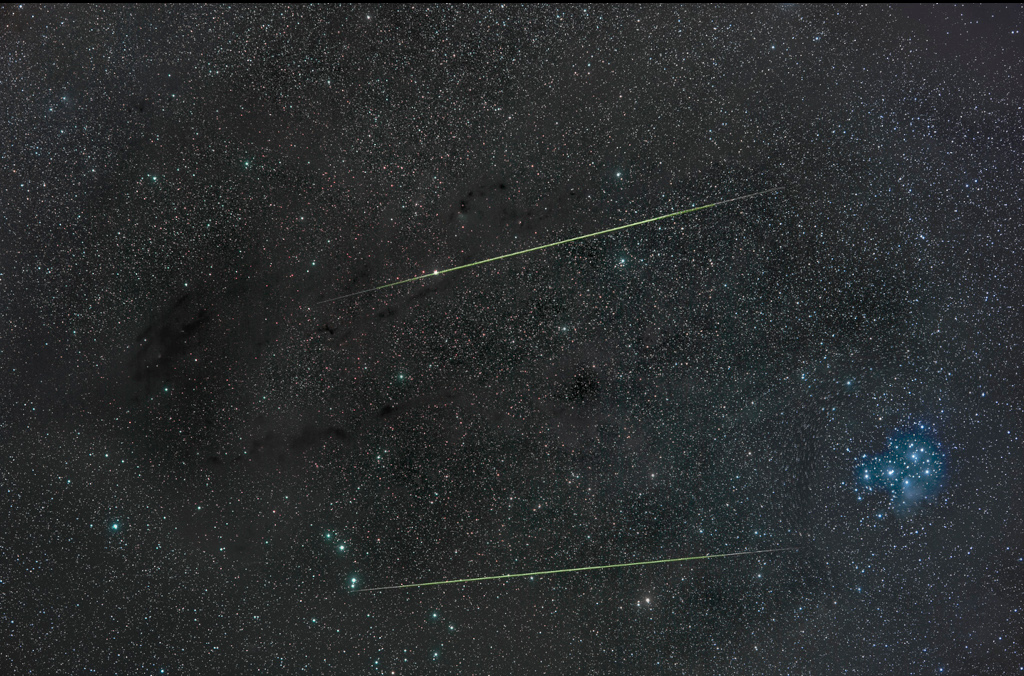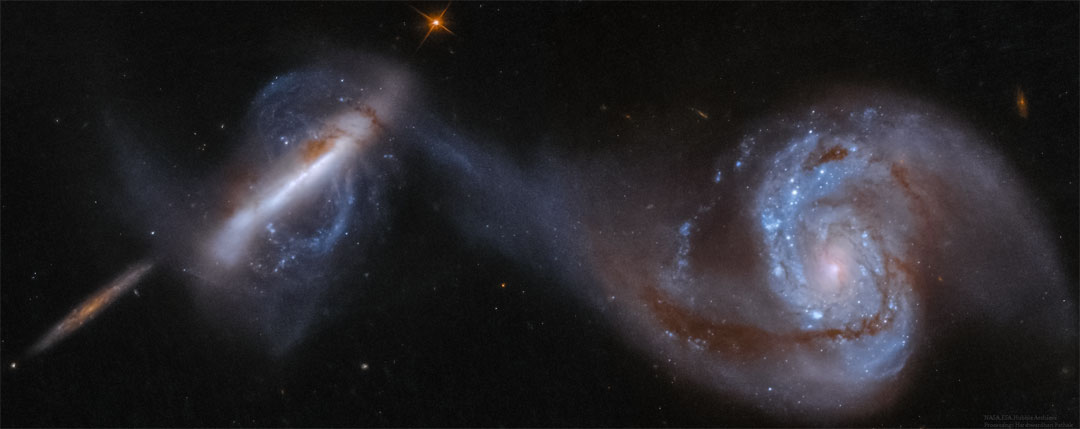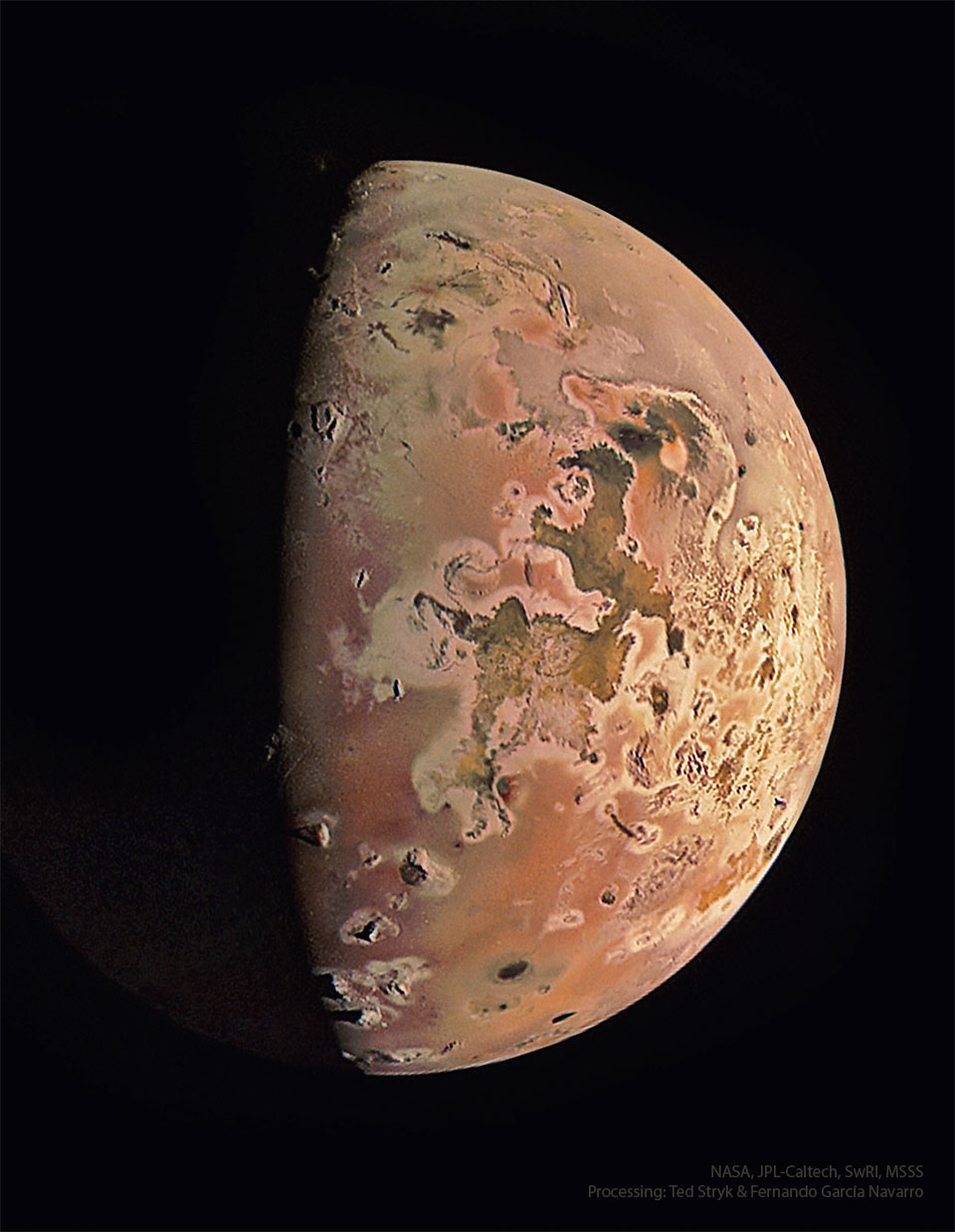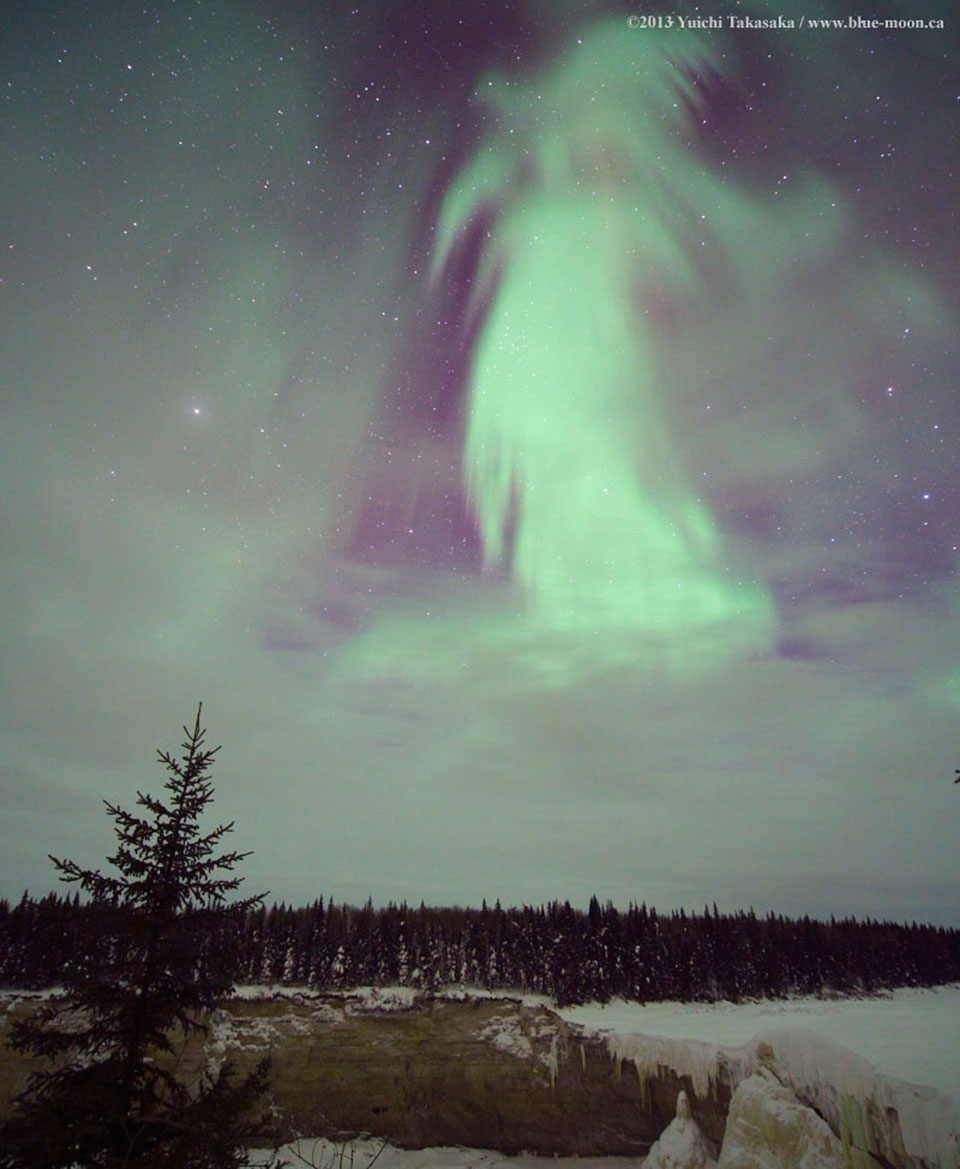
Halloween’s origin is ancient and astronomical. Since the fifth century BC, Halloween has been celebrated as a cross-quarter day, a day halfway between an equinox (equal day / equal night) and a solstice (minimum day / maximum night in the northern hemisphere). With a modern calendar however, even though Halloween occurs today, the real cross-quarter day will occur next week. Another cross-quarter day is Groundhog Day. Halloween’s modern celebration retains historic roots in dressing to scare away the spirits of the dead. Perhaps a fitting tribute to this ancient holiday is this closeup view of the Wizard Nebula (NGC 7380). Visually, the interplay of stars, gas, and dust has created a shape that appears to some like a fictional ancient sorcerer. Although the nebula may last only a few million years, some of the stars being conjured from the gas by the great gravitational powers may outlive our Sun. [via NASA] https://ift.tt/BQ2TRCF

